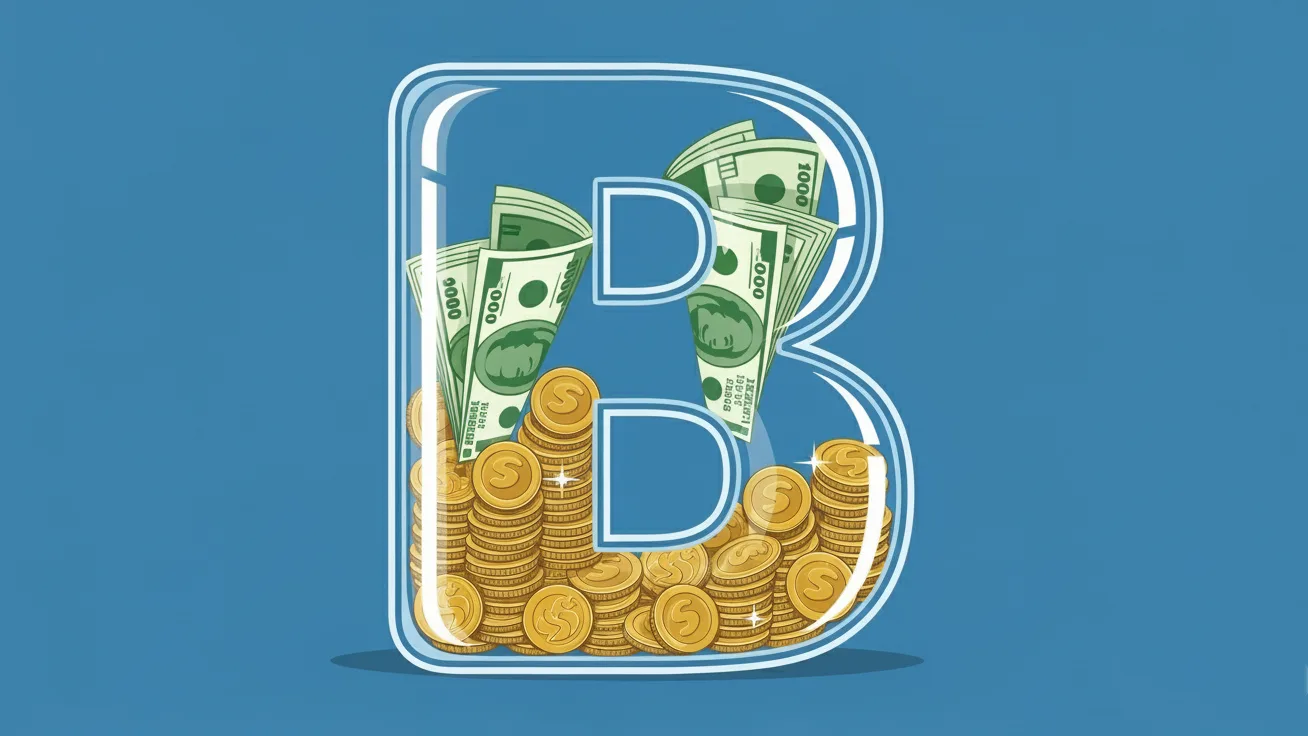
Cure, Google Gemini
Overview
A biotech CFO shares what it actually takes to raise a Series B today, from proving clinical traction to securing a true lead investor and building a runway that can withstand delays.
Most companies raise Series B between 12 and 24 months after Series A. By this stage, biotech and healthcare companies have proven they can scale their idea and have supportive data to back it.
Funds raised during this stage are typically used for later-stage clinical trials, to add qualified employees, and for business development activities. During Series B, investors are looking for strong clinical trial data, a defined pathway to market, and proof of a scalable business model.
“At this point, investors want to know that you did what you said you were going to do over the last five years with the seed series. They aren’t betting on potential anymore; they want proof,” said Kyle Carver, MBA, Chief Financial Officer of Evommune, a clinical-stage biotech company focused on developing therapies for chronic inflammatory diseases.
He said companies raising funds in this stage should start thinking about a different investor base, including public-type investors with deep pockets who can support major capital needs.
Here are other practical Series B tips that Carver shared with Cure.
RELATED: How to Nail Your Seed Raise—From Biotech CEOs Who’ve Been Through It
Raise Enough in Series A—or Series B Gets Harder
If you take on less capital than is needed during Series A, you have a shorter runway to meet the growth targets expected by Series B investors. This can lead to a lower valuation, unnecessary dilution, and jeopardize your ability to raise a Series B.
“Not raising enough in Series A is the number one mistake,” said Carver.
Over-projecting milestones can leave companies scrambling to raise a B round with depleted funds or unmet promises.
“You need to fund six to 12 months past what you intend, so that you have some buffer if you experience delays or something happens,” Carver said.
RELATED: Raising a Series A in Today’s Market—What Founders Need to Know
Bring Human Proof—Early Data Alone Won’t Carry a B
Early data alone won’t cut it when it comes to securing Series B. You need to showcase detailed, in-depth data from clinical trials that demonstrate safety and efficacy in humans.
“If you’re working on novel and new things, you need clinical data that shows Phase 2 studies are going to show activity,” Carver said. “Investors want to see that your molecule behaves as expected in humans, not just in the lab. Even promising preclinical data won’t replace the need for human proof of concept.”
Secure a Lead Investor Early
Not every investor is capable or willing to lead a Series B. Many funds express interest but hesitate to anchor the round or set the term sheet, which can stall momentum.
Carver experienced this while raising Series B for Evommune. Many investors said they would co-lead but did not want to set pricing on the term sheet.
“Finding that lead investor is very difficult, especially if you’re trying to find a new investor,” he said. “We met with about a hundred funds thinking they all could potentially lead. If you really boil it down, there were only five to 10 funds who would actually be capable of leading a private round at that time.”
He recommends researching past deals, leveraging existing banking relationships, and prioritizing investors who have a track record of leading—not just participating.
At Series B, They’re Backing the Team as Much as the Data
While deliverables matter more at Series B than any earlier round, the people behind them still influence investor conviction.
“In my opinion, investing here is much more of a team bet,” said Carver. “Investors are thinking: you have interesting science, but we believe in you; you’ve made us money in the past, we trust you.”
If a company has not hit every milestone, founder credibility can still buy time.
“You might get another opportunity if investors believe in the team and know you will provide data,” he said.
RELATED: How to Build a C-Suite That Scales, According to an Investor
Sometimes Bigger Rounds Are Actually Easier
In later stages, raising more can sometimes be easier than raising less because institutional funds prefer meaningful ownership stakes.
“It’s actually really hard to raise a little bit of money, and it’s easier to raise bigger amounts,” Carver said. “Small rounds aren’t ‘sexy’ for investors who prefer meaningful ownership stakes.”
When Evommune was trying to raise $50 million and $30 million went to existing investors, it became harder to fill the remaining $20 million with new investors.
“It’s not a lot of money for these funds, so it can be less enticing,” he said.
Move Fast After the Term Sheet Lands
Once a term sheet is signed, execution speed matters. Legal, finance, and internal coordination can determine whether momentum carries through to close—or evaporates.
“For the Series B and C, we had a general counsel in-house who had done a lot of capital markets deals,” Carver said. “Having someone internally who is very aggressive with timelines is super important because investors are slow, lawyers are slow, and if you’re trying to raise a deal, then all of a sudden someone comes out with their data right before you’re about to close, it could impact you.”








